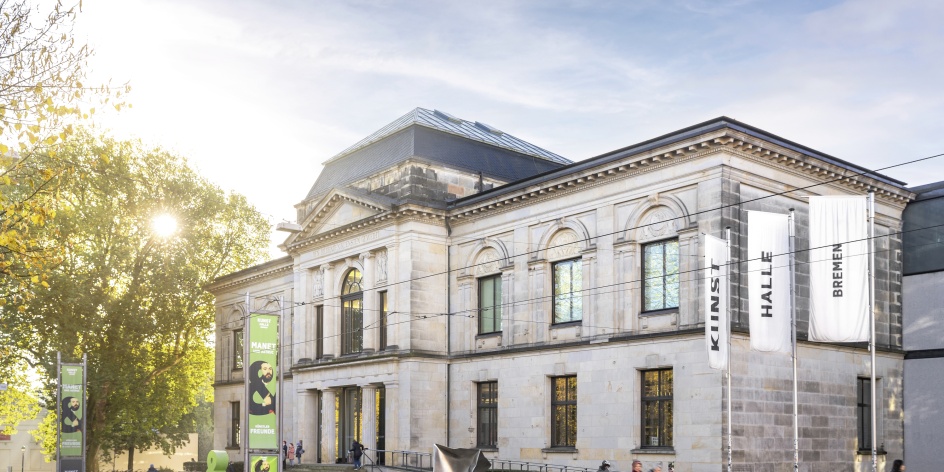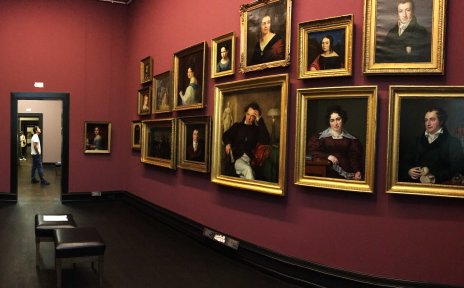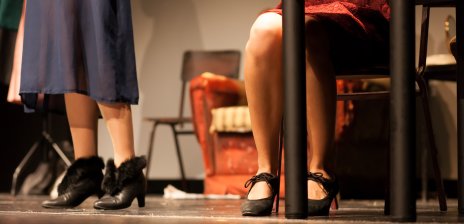Museums and Science Centers in Bremen

Find out which museums, exhibitions and places of experience are waiting for you in Bremen and where you can find them.
© WFB/Carina Tank
Places of Experience and Knowledge
Art & Design
Bremen Regional Studies, Art and Cultural History
Remembrance and Documentation
Technology, Mobility, Profession and Craft

Which Bremen museum suits you?
Discover Bremen's multifaceted museums with a quiz and find your perfect match!
© Adobe Stock/ Stepan Popov
Here you'll find all museums and places of knowledge in Bremen
You might also be interested in...

Tours and Tickets
for various museums and worlds of knowledge as well as suitable package tours
© bremen.online / JUA

Top Events in Bremen at a Glance
© WFB / Carina Tank
